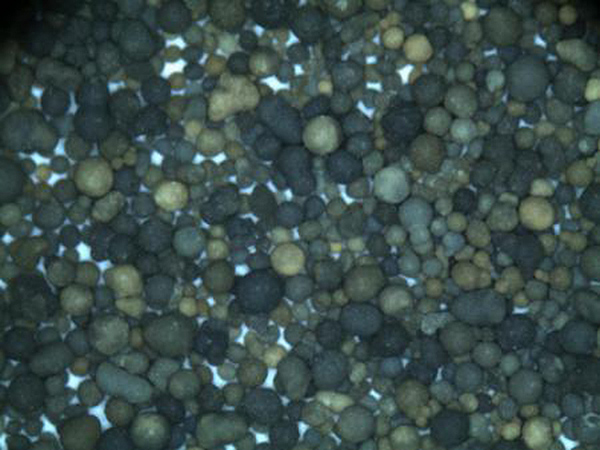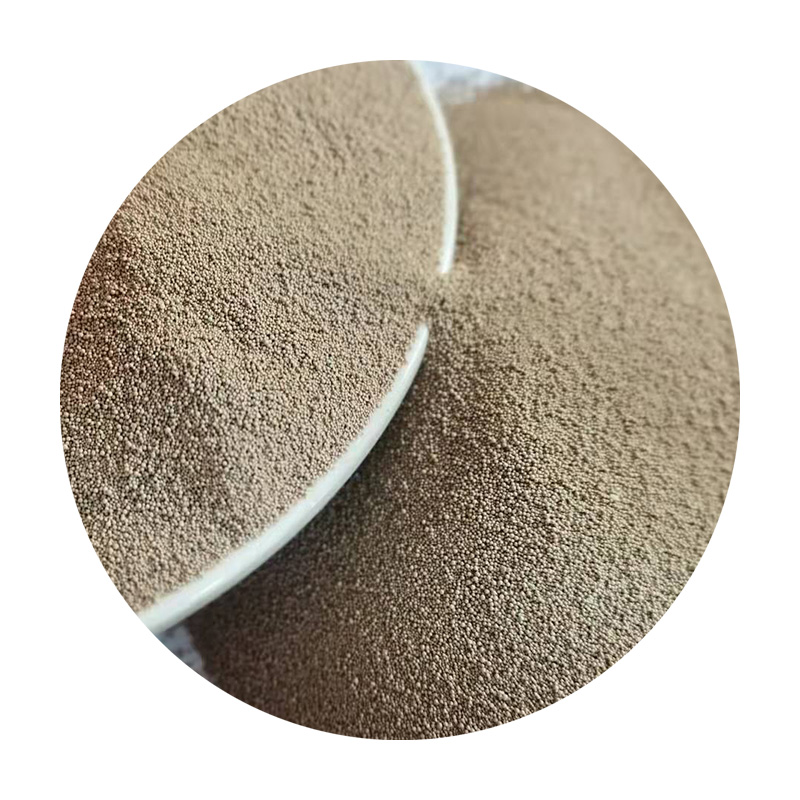

Safety cannot be overstated in the sanding process. Ceramic dust poses health risks, making it imperative to wear appropriate personal protective equipment, including masks and goggles. Moreover, a well-ventilated workspace is crucial to minimize inhalation hazards. For those seeking professional expertise, ceramic sanding services are available and recommended when dealing with extremely valuable or large pieces. Such services utilize advanced machinery and experienced technicians to achieve impeccable results. These experts not only have the equipment but also the authoritative knowledge to handle even the most challenging projects with precision. To build trust and credibility in your sanding practice, either as a hobbyist or a professional, continuous learning and adaptation are essential. Attending workshops, engaging with ceramic artists, and staying updated with technological advancements in ceramic finishing can significantly enhance your skillset. Ultimately, mastering the art of sanding ceramics requires patience and practice. It is a blend of art and science that, when done correctly, can significantly elevate the quality and value of ceramic products. Whether preparing a ceramic tile installation or refining a handcrafted pottery piece, the right sanding techniques can make all the difference in achieving a flawlessly smooth finish. Post time:ян. . 09, 2025 12:02
Next:sand ceramic
